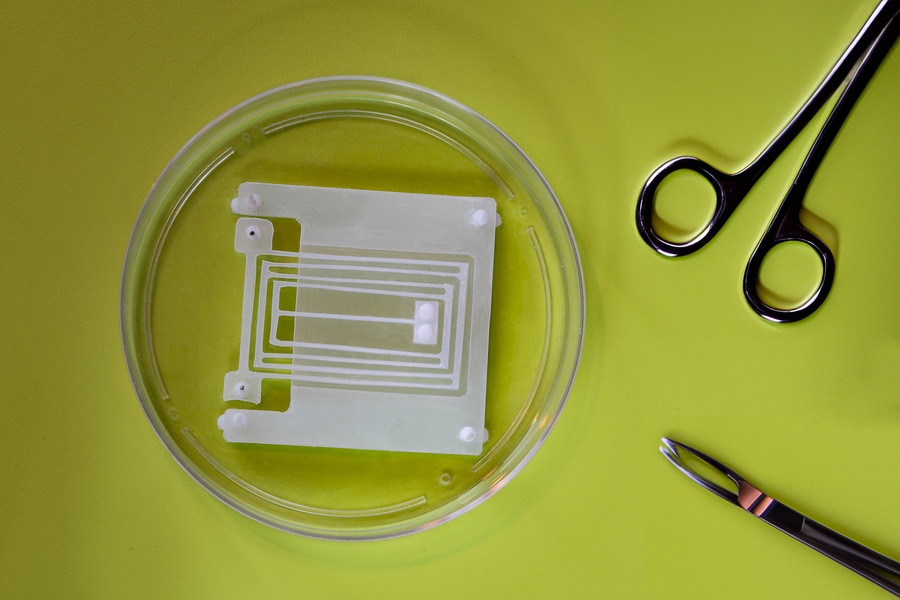MIT Develops Spring-Like, Flexible Robotic Exoskeleton
The muscle-based device is designed to give robots greater flexibility and range of motion

MIT researchers have developed a spring-like device that can be used as a soft, flexible exoskeleton for robots.
The team said the new design is designed for “biohybrid” robots that use natural, muscle-based actuators to power their movements.
While there is currently no design standard for these muscle-based actuators, the MIT team said its device looks to change that, offering a basic design that can be used in almost any robot with muscle fibers.
The spring-like device, or "flexure," looks like a miniature accordion and is designed to get the most power and range of motion out of any attached muscle tissue. The team designed its version with 1/100 the stiffness of muscle tissue.
Likened to a rubber band stretched between two posts, the team said the device gives robotic muscles increased flexibility, and acts like a building block that can be combined with other flexures to build an artificial skeleton.
The team tested the flexure on live muscle fibers grown from mouse cells, examining how much the flexure allowed the muscle to contract. The results showed that the flexure enabled the muscle to stretch five times more than previous muscle actuator designs.
"The flexure is a skeleton that we designed to be very soft and flexible in one direction, and very stiff in all other directions," said Ritu Raman, study co-author. "When the muscle contracts, all the force is converted into movement in that direction. It's a huge magnification.
"We are giving roboticists a new set of rules to make powerful and precise muscle-powered robots that do interesting things."
The researchers plan to adapt and combine flexures to build precise and reliable robots powered by natural muscles.
"An example of a robot we are trying to build in the future is a surgical robot that can perform minimally invasive procedures inside the body," Raman said. "Technically, muscles can power robots of any size, but we are particularly excited in making small robots, as this is where biological actuators excel in terms of strength, efficiency, and adaptability.
About the Author
You May Also Like








